Pilates Equipment
Pilates is a great way for keeping active and doing exercises that will benefit you in numerous ways such as flexibility, fitness and general wellbeing. You can either do a Pilates class which novice pilates enthusiasts might benefit from more but you can also do pilates at home or even at work if you have the space and the motivation to do it.
Before we get into which products will be useful for a Pilates session and the different types of Pilates Equipment we're just going to through some basic questions and fundamentals that will hopefully help people who are new to Pilates.
What is Pilates?
Pilates refers to low impact exercises designed to help with core strengthening but Pilates exercises also help with mental well-being, as the inventor of Pilates - Joseph Pilates believed that there is a link to mental and physical health.
What are the benefits of Pilates?
As mentioned above, Pilates is known to be effective for muscle strengthening for your core but it can also be very instrumental in muscle toning. Because your core is strengthened as a result of Pilates exercises, you subsequently develop better fitness levels which can be key in physical activity or sports such as running and football.
You can even experience better spinal health and possibly relieve back pain due to the strengthening of lower back muscles during core exercises. Pilates is also a great option for at-home workouts
Pilates vs Yoga, What's the difference between the two?
Yoga and Pilates are very similar in terms of their aims and what they are good for. Pilates share the aims of flexibility, posture and balance. They are however distinctly different as they are designed for different purposes and therefore are unique in nature.
Yoga is more effective at promoting flexibility and improving the flexibility of specific joints, as you can imagine, yoga poses and stretches are very demanding and tailored for this exact benefit. Pilates, on the other hand, is less effective for flexibility and more beneficial for relaxation.
Pilates is, therefore, better for pain relief and relieving tension, the muscles are also strengthened more effectively which in turn helps reduce pain such as back pain and muscle pain.
Can Pilates help lose weight?
Although Pilates exercises are not directly intended for weight loss, you can lose weight from consistently doing pilates exercises and making them part of your routine.
This is because although Pilates is primarily anaerobic (it can also be classed as aerobic) and this type of exercise is more effective for weight loss.
Unfortunately, certain intensity and frequency are required so you will burn calories leading to losing weight but your weight loss will depend on how much you push yourself during Pilates exercise and how often you do them.

Now that we have addressed the basics of Pilates and hopefully answered any burning questions you might have, we'll take you through the different types of Pilates equipment that will make your classes or pilates exercises at home so much more comfortable and effective.
What do I need for Pilates?
There is a range of products and equipment that are used for Pilates exercises, some of these are specific to Pilates but some of them can be interchangeable with Yoga.
For example - Pilates mats, Pilates balls and Foam Rollers can sometimes be used for Yoga or for physical therapy (physiotherapy).
Some products are, on the other hand, purpose-built for Pilates such as a Pilates ring and a reformer.

1. Pilates Mats
The Pilates mat is the most quintessential tool needed for Pilates exercises.
Most Pilates mats are over 6mm in thickness because thicker mats are better suited to Pilates workouts, if you're looking for a mat that you can use for Pilates and Yoga then a 6mm is perfect as it can be used for both.
If you are airing on the side of caution then it's best to get a thicker mat as it will be comfortable for Pilates but can still be used for Yoga.
A mat over 8mm is recommended as it will be far more comfortable for Pilates, especially if you are planning on doing back exercises for lower back pain.
If you are planning on getting one piece of Pilates equipment, the Pilates mat is definitely the most important thing to consider.
If you are looking for an exercise mat for both Yoga and Pilates, with 10mm thickness then take a look at these mats:
Core Fitness Yoga & Pilates Mat Studio Yoga & Pilates Mat
If you are looking for an exercise mat designed specifically for Pilates take a look at this exercise mat:

2. Pilates Ball
Another key component of Pilates exercises is the Pilates Ball.
A Pilates Ball can refer to any exercise or gym ball used for Pilates but there are some Pilates balls that are used more in Pilates than for general use such as smaller balls that you can fit between your legs comfortably.
Exercise Balls and Pilates Balls are generally sold according to dimensions unless the ball is designed for a specific function, here's a guideline for choosing exercise balls and gym balls based on your height:
|
Physique Gym Ball Colour and Size |
Recommended Height |
| Red 55cm | 5'1" - 5'7" |
| Blue 65cm | 5'8" - 6'0" |
| Green 75cm | 6'1" - 6'3" |
We have our own exercise ball designed specifically for Pilates, take a look at it here:
Our most popular exercise ball or gym ball for pilates is the Soft Over Ball:
Or if you'd rather just get a Gym ball using the sizing guide above then here it is:

3. Pilates Ring
The last piece of purpose-designed Pilates Equipment we will look at is the Pilates Ring.
A Pilates Ring is equally as instrumental for pilates exercises as the previous products covered in this buyer's guide. A Pilates ring is used to add intensity to any exercise that you do on the floor.
The resistance of the Pilates Ring is effective for muscle toning and focussing on specific muscles or muscle groups such as hard to work areas like pelvic muscles and the chest.
We unfortunately only sell one type of Pilates Ring but it is the only one you'll ever need:

4. Foam Roller
Although technically not Pilates Equipment, Foam Rollers are a great tool for Pilates, they can help you to stretch properly but they are also useful for certain exercises so a foam roller always comes in handy for Pilates.
We sell a range of foam rollers but for pilates, you would ideally want a soft foam roller as opposed to a massage foam roller.
You can use either a full-length foam roller (90cm) for full body stretches and exercises or you can use a smaller foam roller (30cm) for specific uses such as working on certain muscles like the arms and legs.
The Physique pro foam roller is a great option; it is made of high-density foam so it is quite reliable and firm and it also comes in both sizes you need, we even sell full round and half-round options.

5. Resistance Bands
The last piece of Pilates Equipment that we will look at is the resistance bands.
These, like the foam roller, aren't designed specifically for Pilates but certainly make your Pilates exercise more effective.
Usually, in Pilates, stretch resistance bands are used. We have a few options of resistance bands available that would be perfect for Pilates:
The Elastiband is a stretch resistance band and is best suited for Pilates:
Elastiband - Pilates Resistance Band
Our Fitness Band Resistance bands are also a great option:
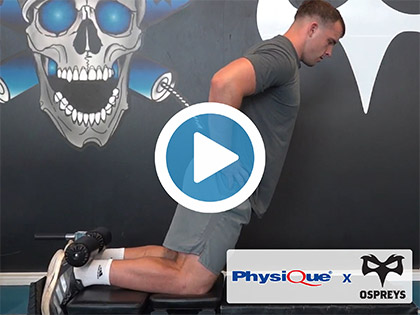
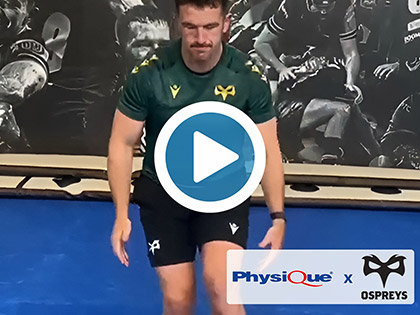
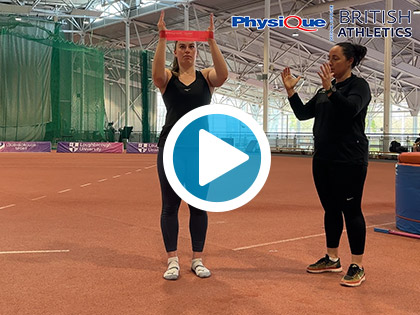

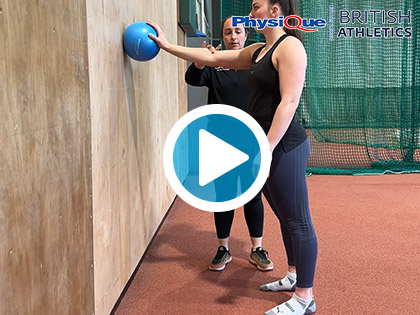
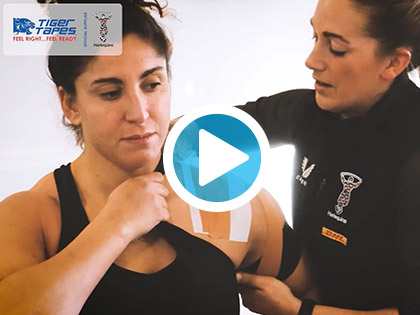
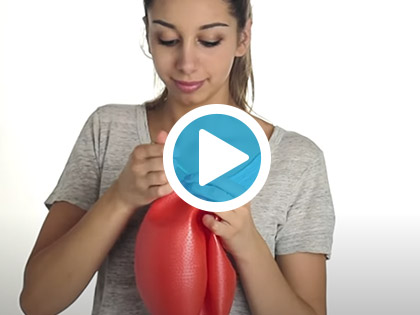
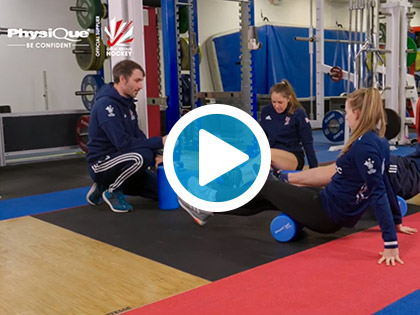
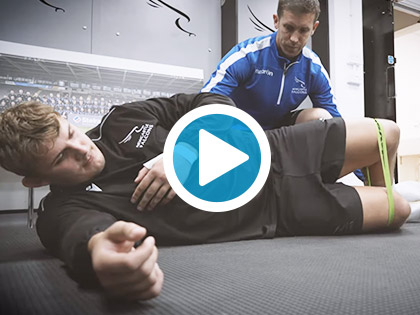
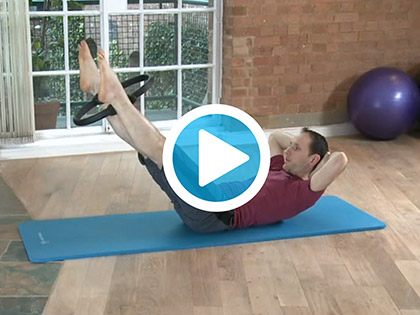
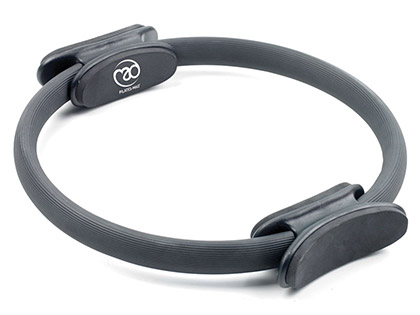

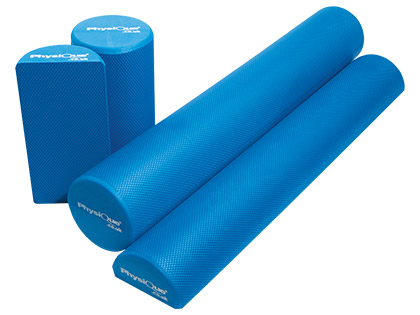
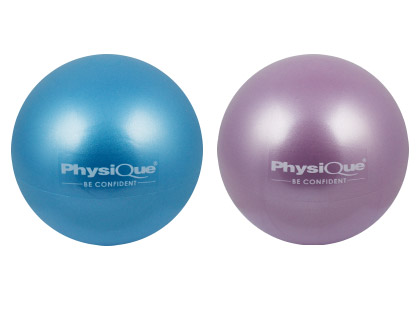
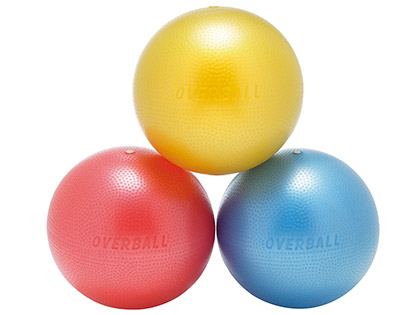
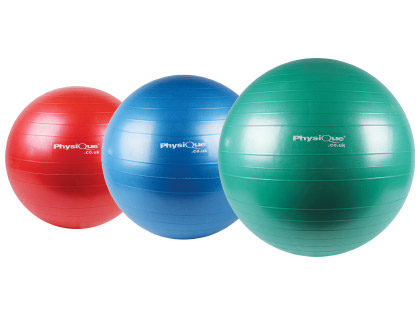
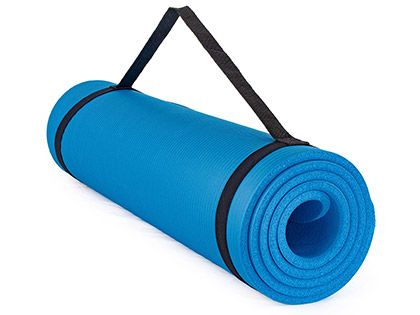
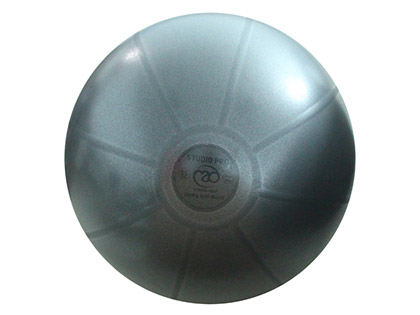
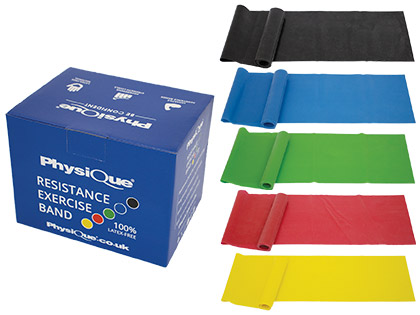
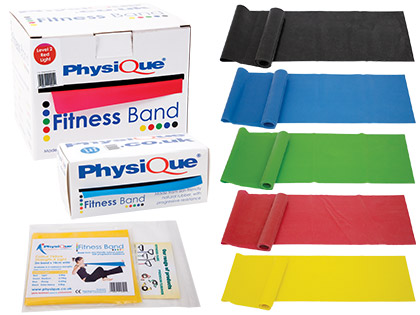
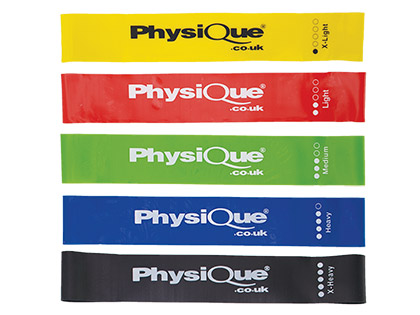
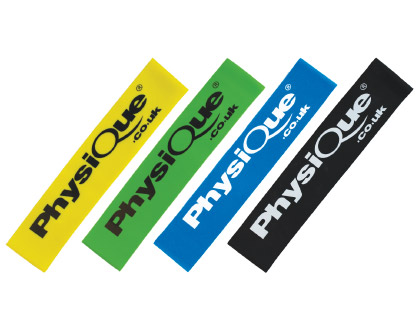
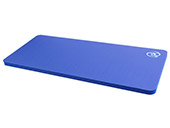

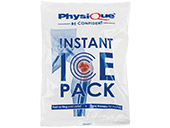
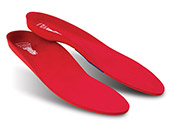
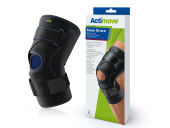
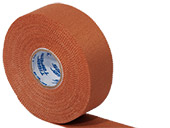
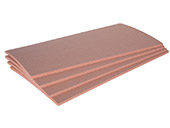
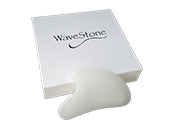
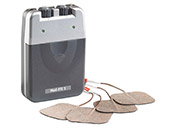
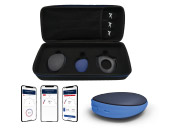
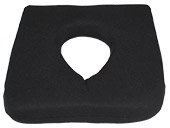
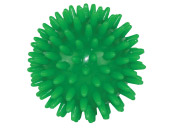
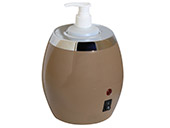


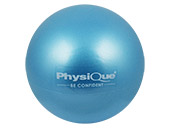
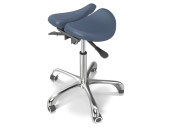
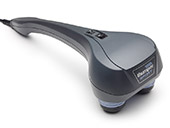
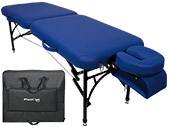
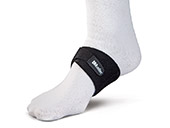
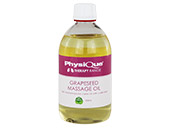
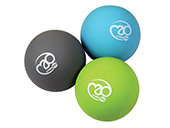
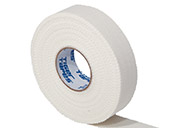
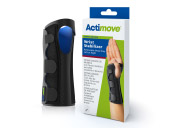
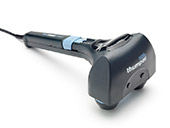
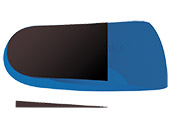
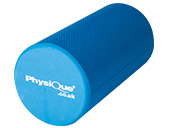
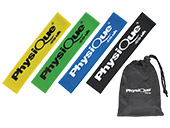
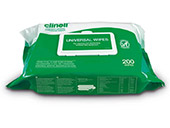
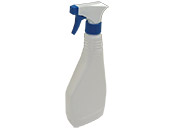
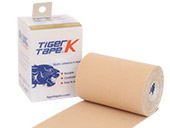
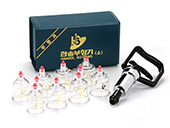
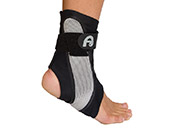
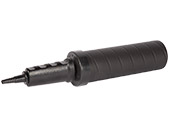
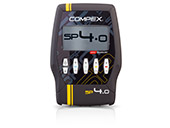
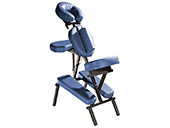
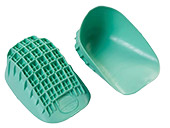

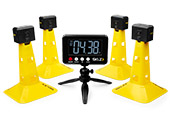
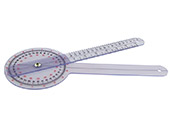
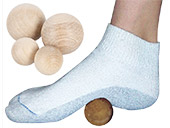
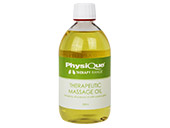
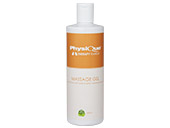
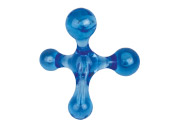
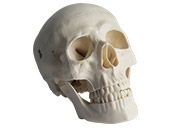
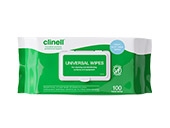
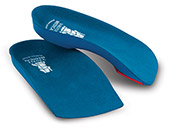
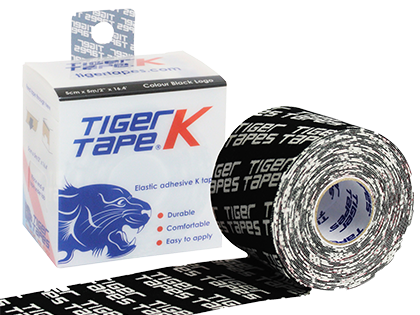
Did you find this article useful?
Why not share this with a colleague, patient or friend?